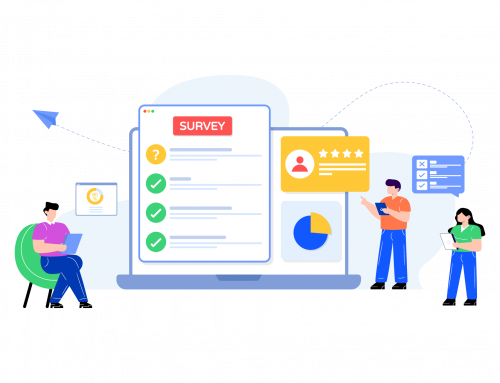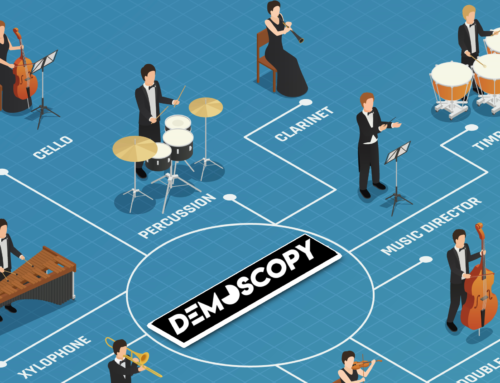Incentives can be used in survey research to encourage people to participate in a study. But one of the main criticisms that we often hear about them is that they can also introduce biases and affect the validity of the results.
In fact, one potential issue with using incentives is that they may attract a certain type of respondent who is more motivated by the reward than by the topic of the survey. This can lead to a sample that is not representative of the population of interest, which can reduce the generalizability of the findings.
Incentives can also influence the responses that people give. For example, people may be more likely to give socially desirable responses if they are being offered a reward for their participation. This can lead to response bias and affect the validity of the data.
At Demoscopy, we take this issue very seriously. The recent trends in survey non-response force anyone to acknowledge that we must find a trade-off between the purity of multi-random stage sampling methods and the necessity to get answers for a target population.
In fact, experience shows that a significant part of randomly chosen respondents do not accept to take part to surveys. And this is true for any kind of data collection mode:
- Face-to-face interviews: non-response rates for face-to-face interviews tend to be high, ranging from 30% to 90% depending on the study. This is due to the time-consuming and costly nature of this method, as well as the difficulty in locating and persuading people to participate. People are also increasingly nervous to open the door to strangers, even to the best-intended ones.
- Telephone interviews: non-response rates for telephone interviews tend to be lower than face-to-face interviews, ranging from 20% to 80%. This is due to the convenience of participating in a phone survey. However, non-response bias is still a concern in telephone interviews due to the potential for sampling bias, as not all households have a landline or a listed phone number. Even the best random digit dialling methods do not ensure high response-rates.
- Online surveys: non-response rates for online surveys can vary widely (10-60%), depending on the target population and the incentives offered to participate. Non-response bias is also a concern in online surveys due to the potential for sampling bias.
It’s worth noting that the trend in non-response rates for all data collection modes has been decreasing over time. Over the years, market research companies have generalized the use of methods such as weighting to adjust for non-response bias.
As a matter of fact, the core of the problem is quite simple: most of the people would be ready to participate in research if we recognize the time and energy they spent while answering our surveys!
Most online panels run by Market research companies have sorted part of this issue by promising cash and/or prizes to the ones who take their surveys. Although this seems appealing on paper, the truth is that a lot of panels are composed by people who created various alias to maximise their chances to be invited to take a survey and as a consequence, earn more money for themselves… And in practice, it is really difficult to identify those “smart guys” and get rid of them.
To avoid this, we have put in place a strategy respecting two fundamental rules:
- We always send invitation to a survey and do not accept spontaneous application to become part of our survey pool of potential respondents. We want to stay in control of who gets the chance to take part to a particular survey.
- We never incentivize our respondents directly! We offer them the possibility to contribute to a good deed by giving a fixed amount to a charity of their choice.
This is why, at Demoscopy, rather than talking about “incentives”, we prefer to talk about “contributions”.
By applying the above two rules, we are confident that we minimize greatly any potential non-response bias.




